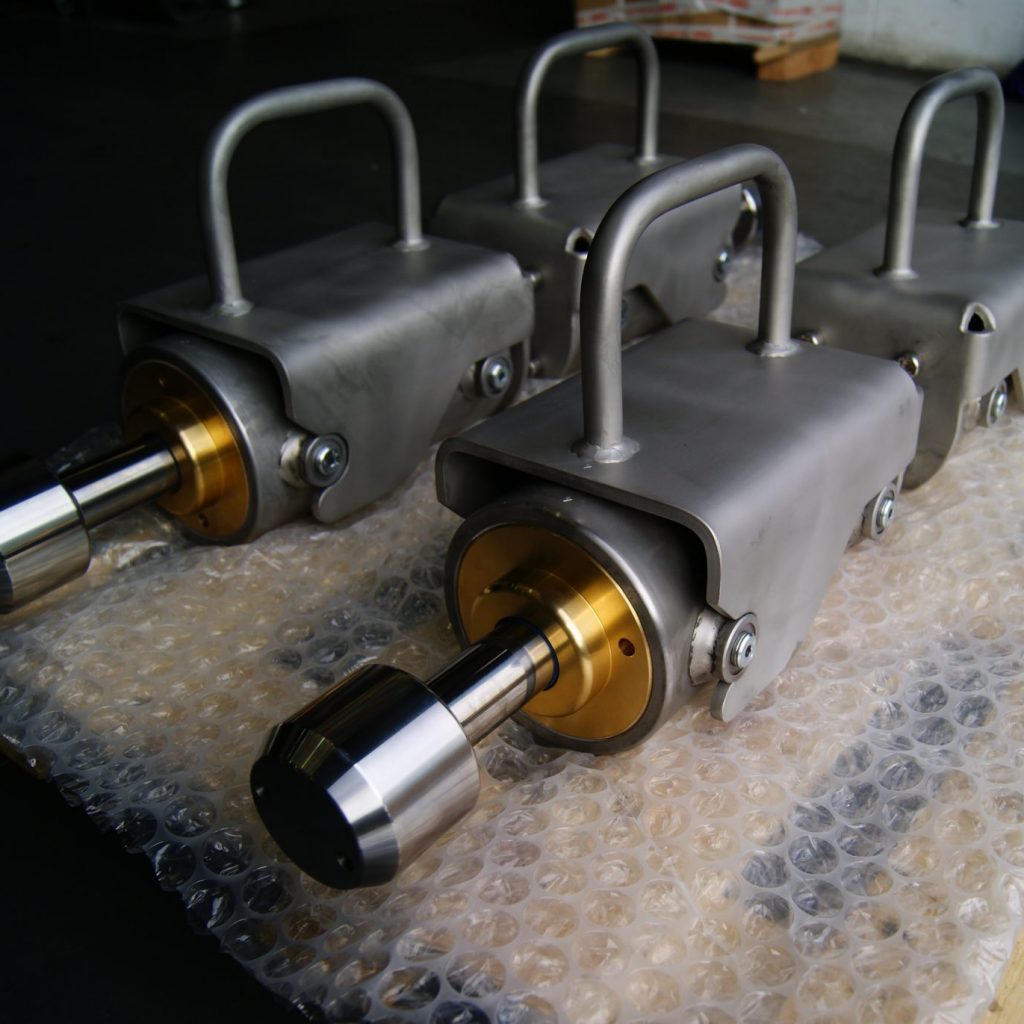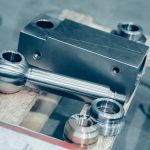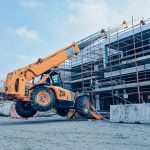Apex were recently asked to work on an exciting new project for a huge multi-national business that specialises in gypsum. The company covers all aspects of the gypsum production process; from mining gypsum to producing and selling a variety of leading edge plaster products as well as offering top class industry training.
The Project
Gypsum mining is an extremely niche area. Instead of mine shafts, gypsum extraction uses drift mines, which are long sloping tunnels that can be up to two miles long at a 30-degree angle. Along the length of these are intermittent air locks as a safety feature.
Vehicles and machinery will often stay down in the mine for years. When they need to be driven out for service, repair or decommissioning, they are required to make the gruelling uphill climb. These vehicles tend to be extremely large and cumbersome. A continuous miner, for example, can weigh up to 90 tonnes. The machines are required to make regular stops on their way out of the tunnel, to enable the driver to open each air lock. The client was concerned that if the brakes on these machines failed during a stop, a backwards slide could potentially cause serious accident or damage.
The client wanted to design a machine that could test the brakes of a vehicle before it returns to the surface. The machine was required to show a clear reading of the vehicle braking power in a format that could be easily saved and referred to at a later date. The client came to Apex with the request and commissioned a design that could fulfil the criteria.
Apex’ Solution
Apex initially gave the project to the expert in-house design team.
The design team planned a cylinder that could be fitted to the wall or floor of the mine. At the end is an attachment to fit it to a vehicle. The cylinder can be advanced fully and connected to the vehicle then retracted, testing the vehicles braking power. The cylinder is extremely powerful in order to replicate the weight of a heavy vehicle sliding backwards downhill. It was 140mm bore X 80mm rod X 1800mm stroke length and was capable of producing 20 ton of pull force at a 200 bar working pressure. The main innovative aspect of the design was the highly bespoke power pack. The Hydraulic Power Unit (HPU) power pack offers data logging communicating with a laptop, in order to be able to show results in an official, printable report. The HPU allowed for timing and recording the pull forces applied during the testing stages and could be printed out and stored for evidence of test. The timer evidences that the brakes are capable of holding for a certain amount of time. This data determines whether the brakes are strong enough to make the uphill journey.
Mining vehicles can now be tested thoroughly before returning to the surface, ensuring that personnel can be confident that each vehicle is safe to make the trip out of the mine.
The Sectors
We have strong experience working across a variety of different sectors. If you would like to read more about our sector experience associated with this project – click an image for more information….
Related Products
The following products were utilised as part of this project. For more detailed information on these products, click on an image below…








